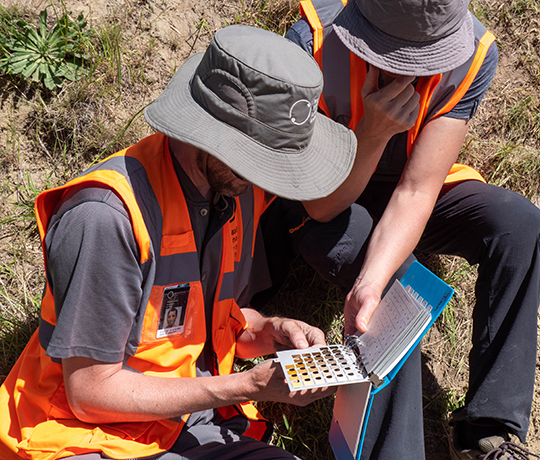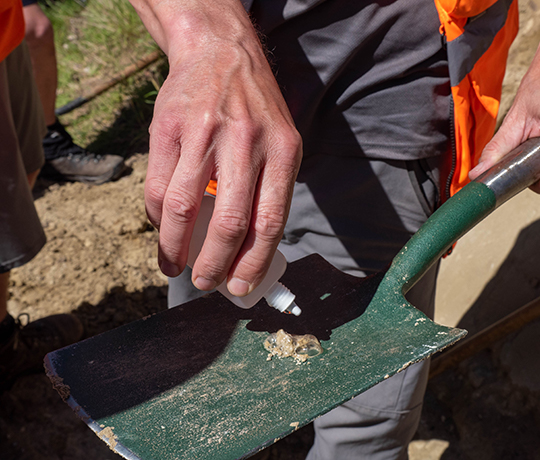Check out our glossary and FAQ pages
Can management change the Land Use Capability (LUC) classifications?
LUC classification of areas cannot be changed until the next version is released. If the area is classified differently from ground view it would need to be stated in the survey, assessment, or report, and specify that the LUC classification is not the same as the definition.
Can you change the LUC classification of an area through farm management?
Certain LUC classifications would be able to be changed but it would have to be noted in the survey, assessment, or report that this has been done.
‘Physical Limitations’ refer to land characteristics which have an adverse effect on the capability of land. These limitations can be permanent, removable, or modifiable and are explained in Section 3.3.5.2 of the Land Use Capability Handbook (3rd Edition) and seen below:
A fundamental question remains – What happens if the irrigation is removed? The change was only temporary. Can you permanently alter the land? Drains can become blocked without maintenance. Removing stones is much costlier if stoniness is the major limitation.
Would it be easy enough to put a LUC Classification map together myself?
Yes using the Our Environment portal you can build a LUC Classification map.
You can view and use the LUC data, without registering and logging in. However some functionality will not be available to you until you login, like saving your pins / features, customising and sharing reports. Registering is quick and easy, and completely free.
For general help with the site, such as map navigation, search, print etc. go to our First Time Here section.
Is it possible to combine the LUC classification map with the Whenua Māori Visualisation Tool?
The following terms come from The Land Use Capability Survey Handbook (3rd Edition). For more terms check out the Handbook.
Capability: Suitability for productive use, after taking into account the various physical limitations the land may have.
Catchment Protection (Land): Class 8 land which has such unfavourable characteristics that it is unsuited for agricultural, pastoral, or forestry use, although it is often well suited for recreational and wildlife use, and for water yield.
Climatic limitations: Limitations for the growth of pasture, crop and tree species, such as rainfall, temperature, wind and frost.
Community of interest: Problems shared by a group, largely as cause and effect, and which requirecollective effort to resolve.
Compound slopes: Used in inventory code when slope patterns cannot be separated at the scale of mapping, and are recorded as a complex using double or multiple symbols, e.g. D+E.

